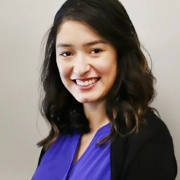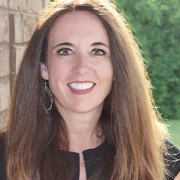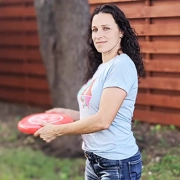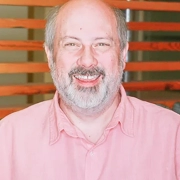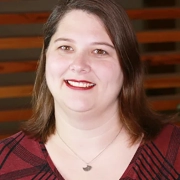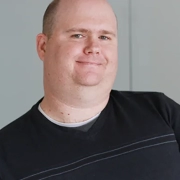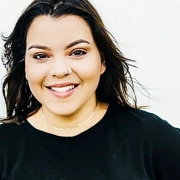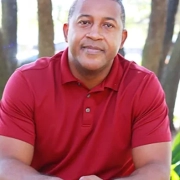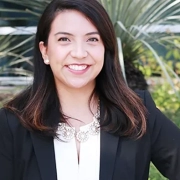The Faces of Luminex: Gabby Mora, Technical Training
Here at Luminex, we know that even the best assays or instruments aren’t worth much if they’re impossible to use.
Our developers strive to make sure our products are designed for ease of use, and we also work hard to provide plenty of training opportunities to ensure that all of our customers feel fully supported. People like Gabby Mora, Technical Applications Trainer, help ensure that our customers and field support teams are up to speed. She joined us in 2018 and holds a bachelor’s degree in biology from Baylor University, as well as certification in clinical laboratory science.
Q: What are your responsibilities at Luminex?
A: My team creates content for internal product support training, as well as training for customers on how to use our products. At least half the time, we are in our lab teaching Tech Support or the Field Teams. We have quarterly customer training sessions where customers come into the lab to learn. We also work with R&D and Marketing to get all the content together to do these trainings.
Q: What did you do before this job?
A: I worked in a clinical molecular lab.
Q: What drew you to Luminex?
A: Back in the clinical lab, I was a Luminex customer and was always so amazed by the quality of the products and their technical support. I had confidence in the company and in their products. When I was looking around to see what was next, I saw this opening and thought, “of course I’d want to work for Luminex.”
Q: If you could solve any clinical or genetic challenge, what would it be?
A: It’s a big wish, but it would be improving access to healthcare. I hate hearing about family members and others who don’t want to go to the doctor because they’re afraid of the medical bills they might get.
Q: If you weren’t a Technical Applications Trainer at Luminex, where would you be?
A: I’ve always wanted to be in the medical field, so I would probably still be working in the clinical lab. I like that connection to the patient.
Q: What is something about you that no one at Luminex knows?
A: Most people wouldn’t suspect that I do woodworking. It started with home improvement projects around the house. I would watch tutorials on YouTube and think, “hey, I can do that.” I’ve built some dining tables and end tables. I don’t have a specific style; I started out with the farmhouse feel and have drifted more to a modern design.
Q: What is your favorite thing to do in Austin on the weekend?
Hiking. I just recently moved to Austin and there are so many great hiking trails. A lot of them have tree shade, so even in the summer it doesn’t feel terribly hot. There are a lot more outdoor things to do here than you would expect in a city.
